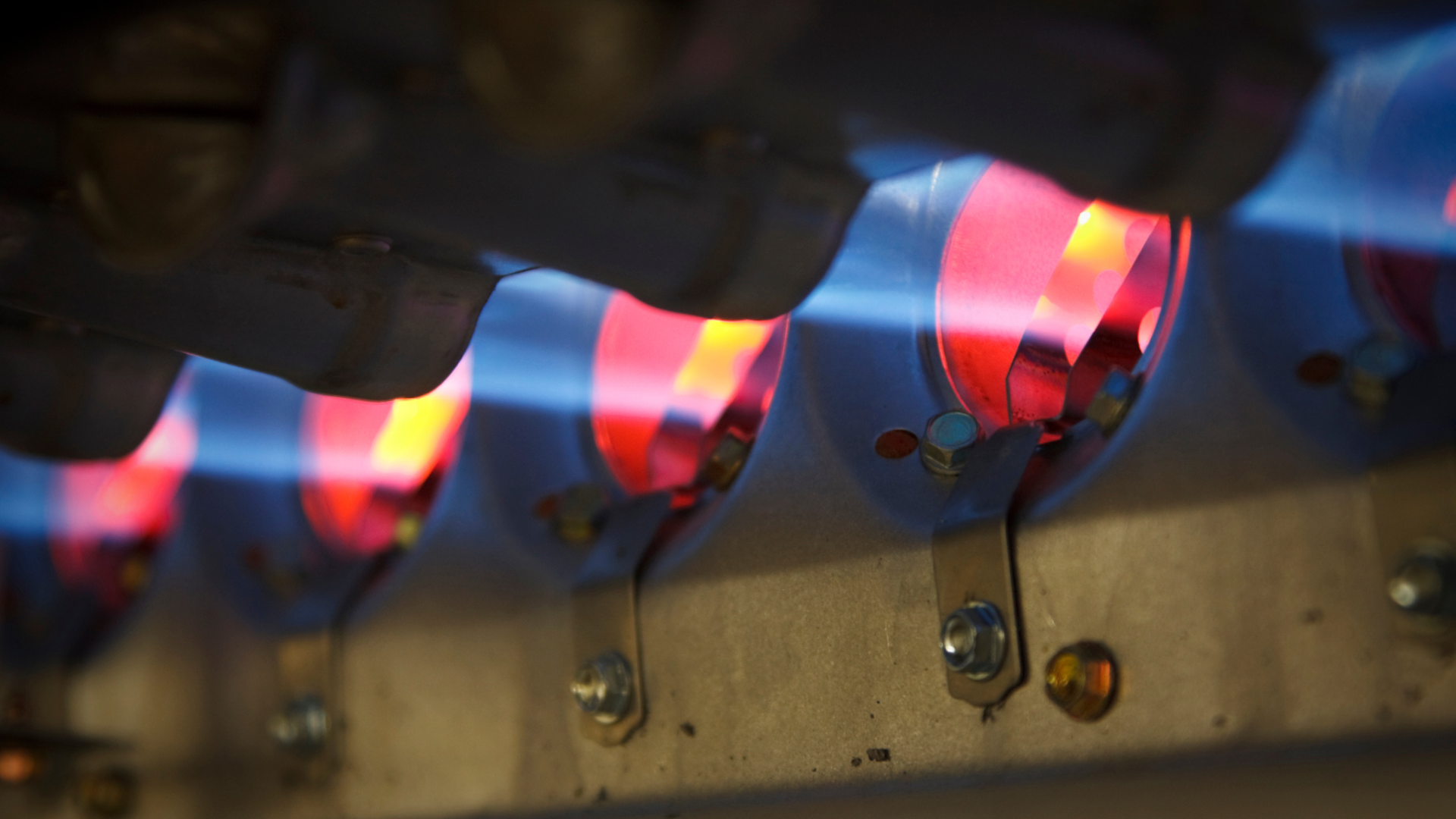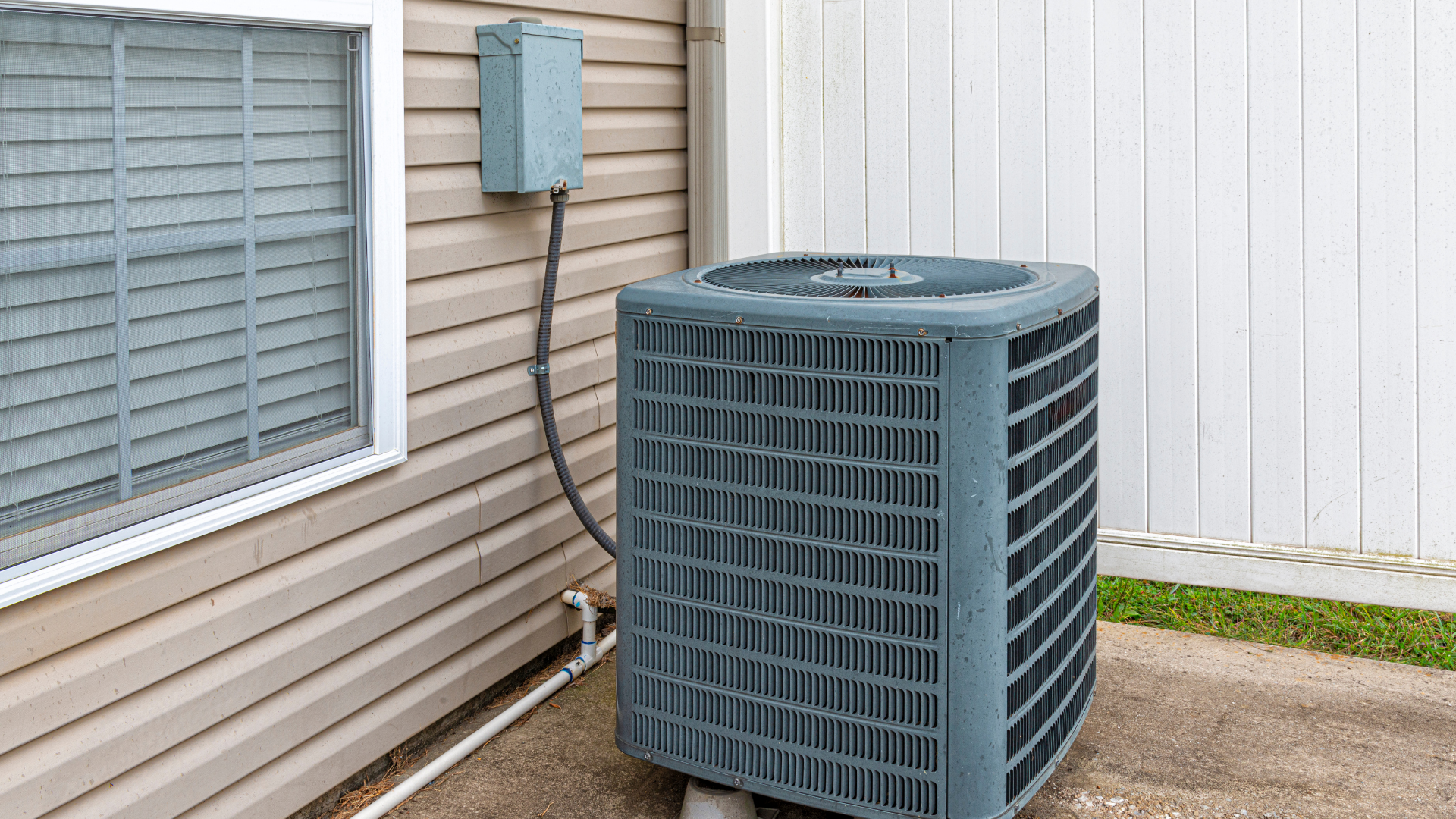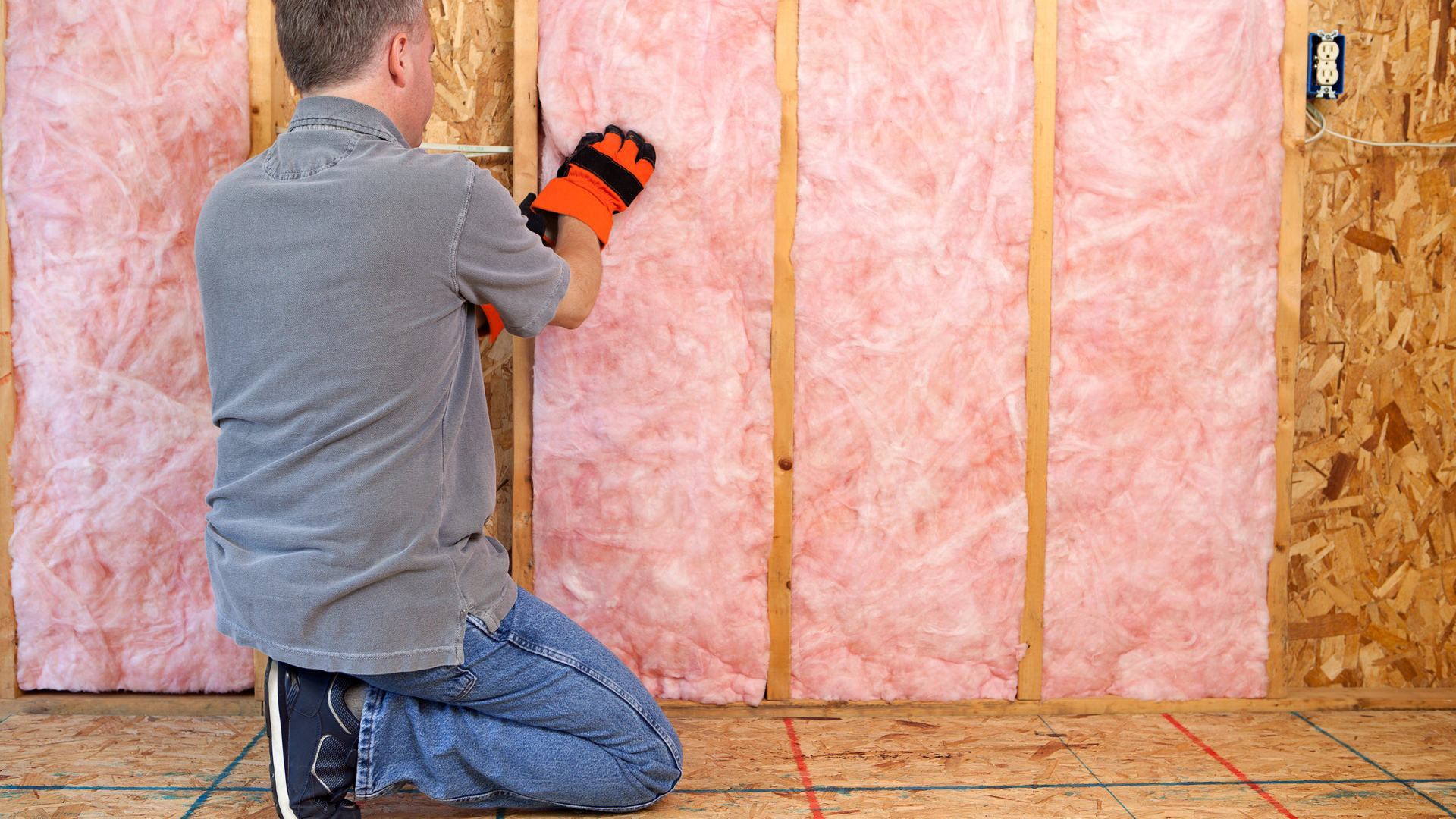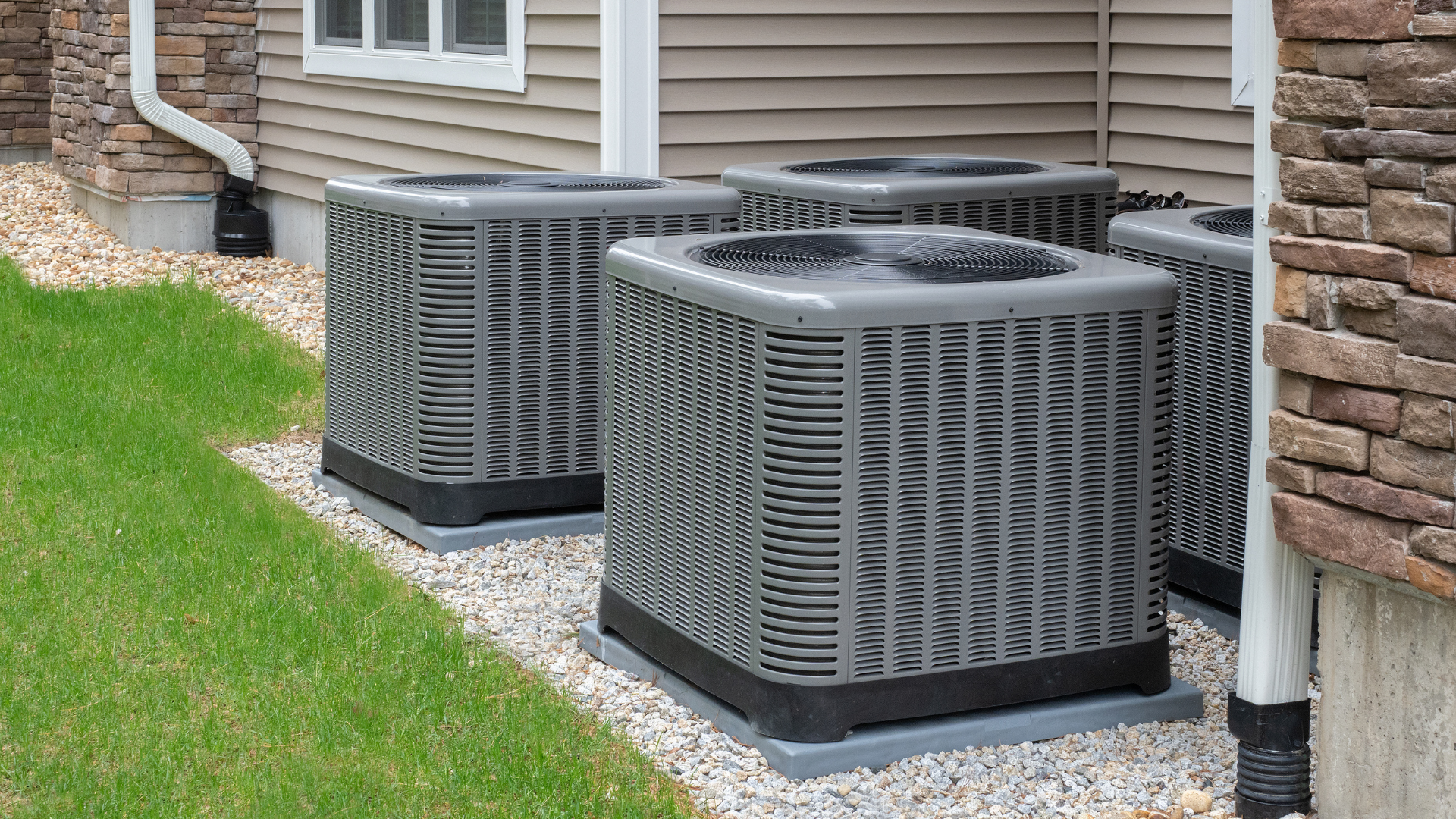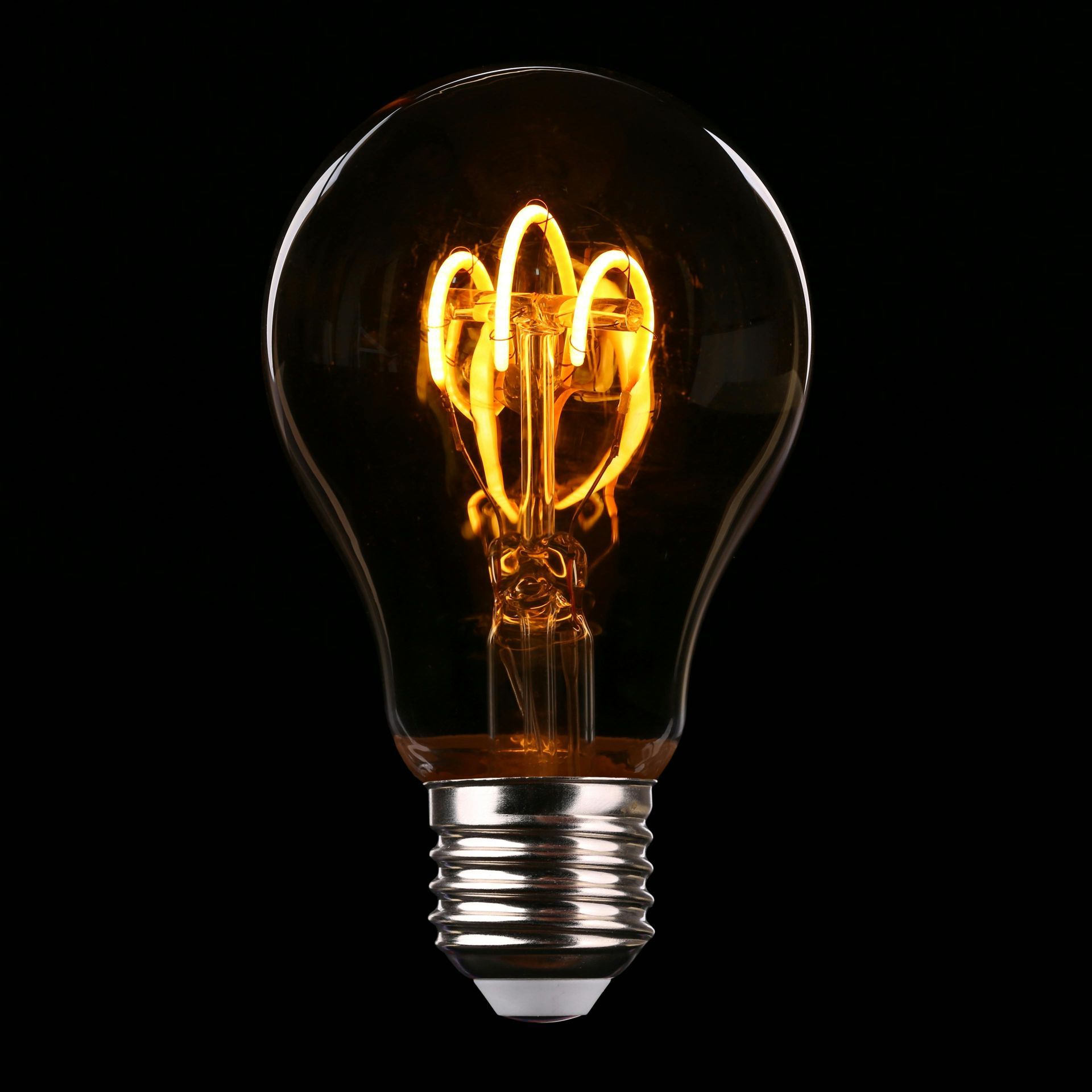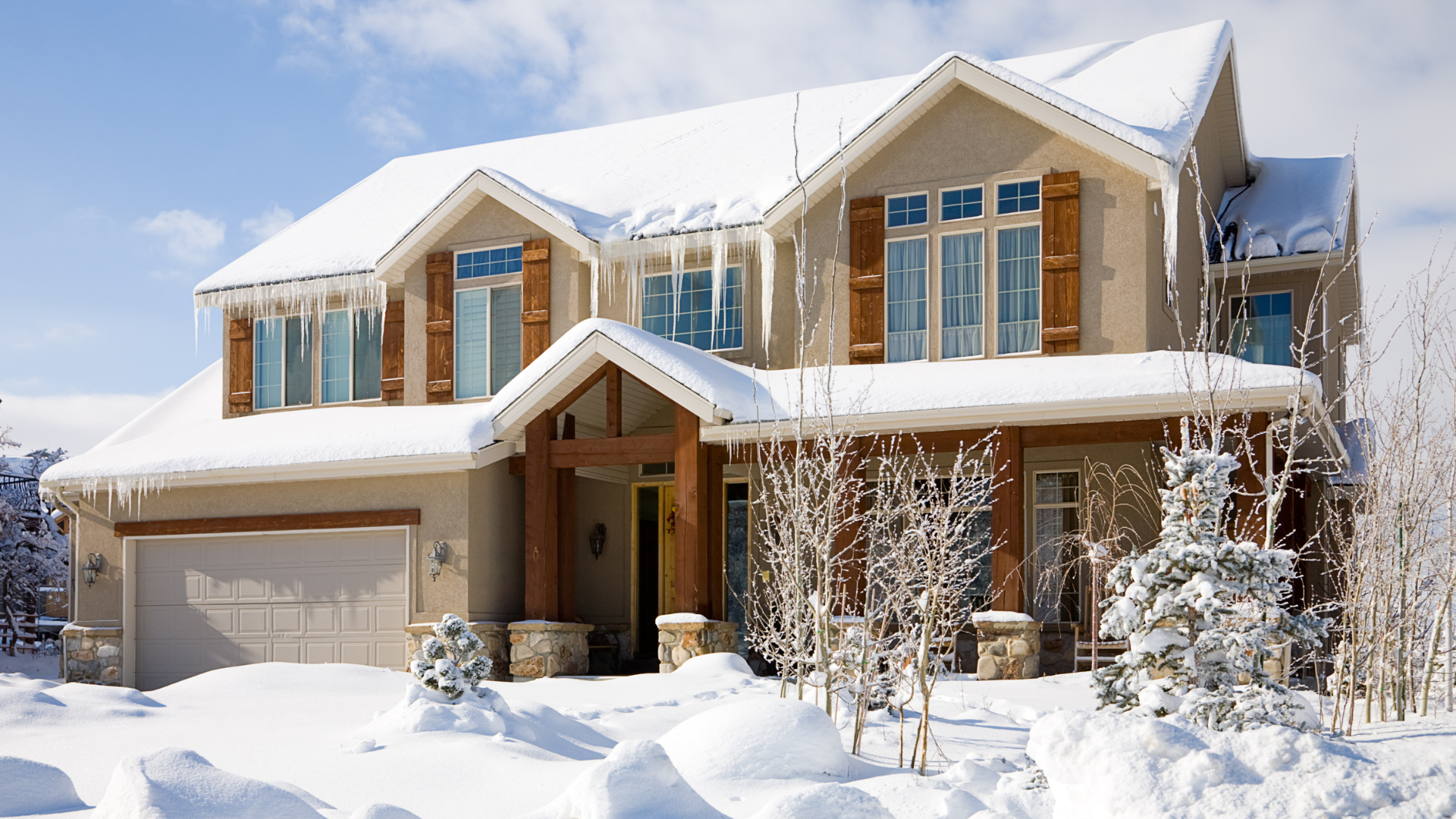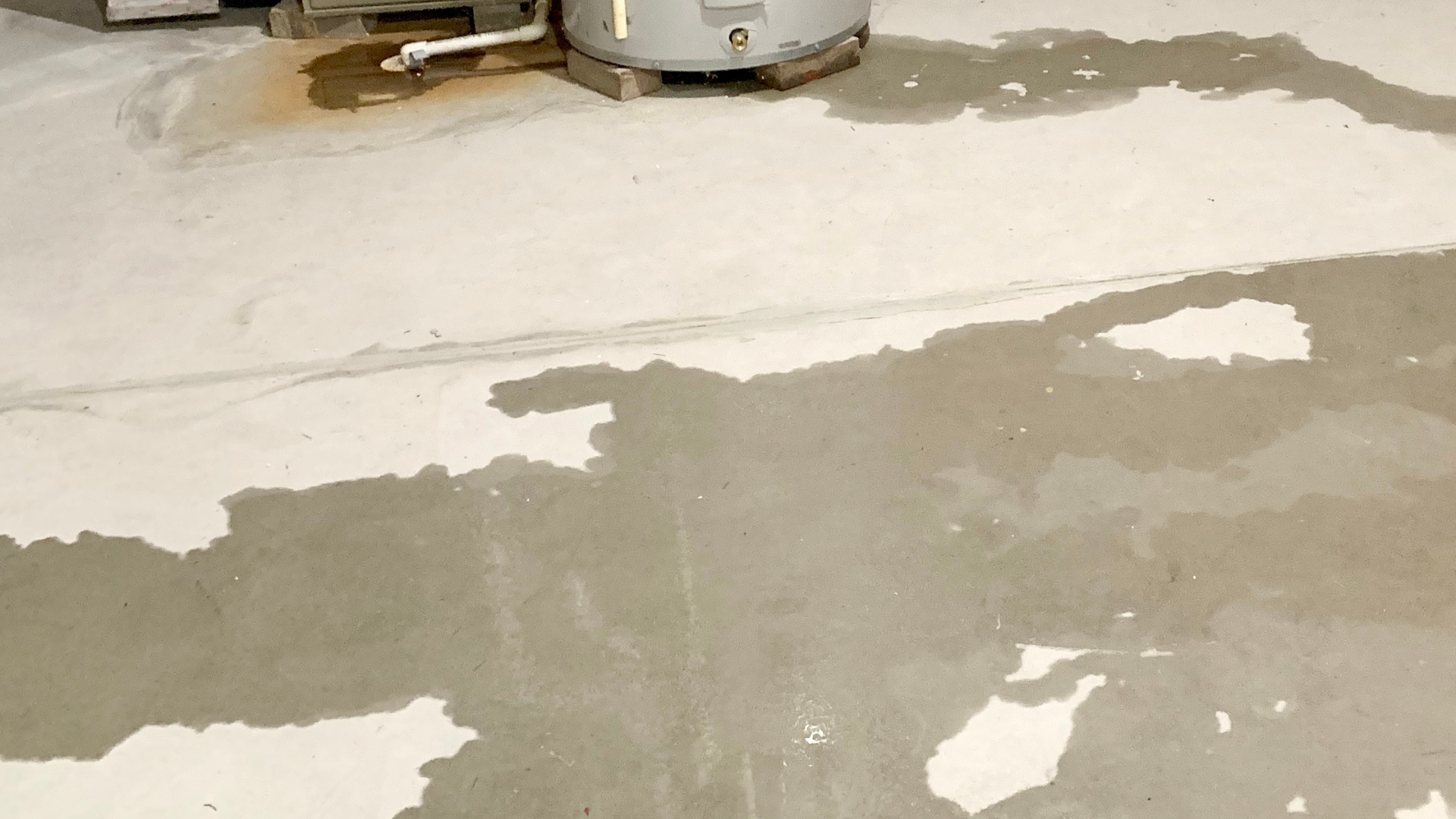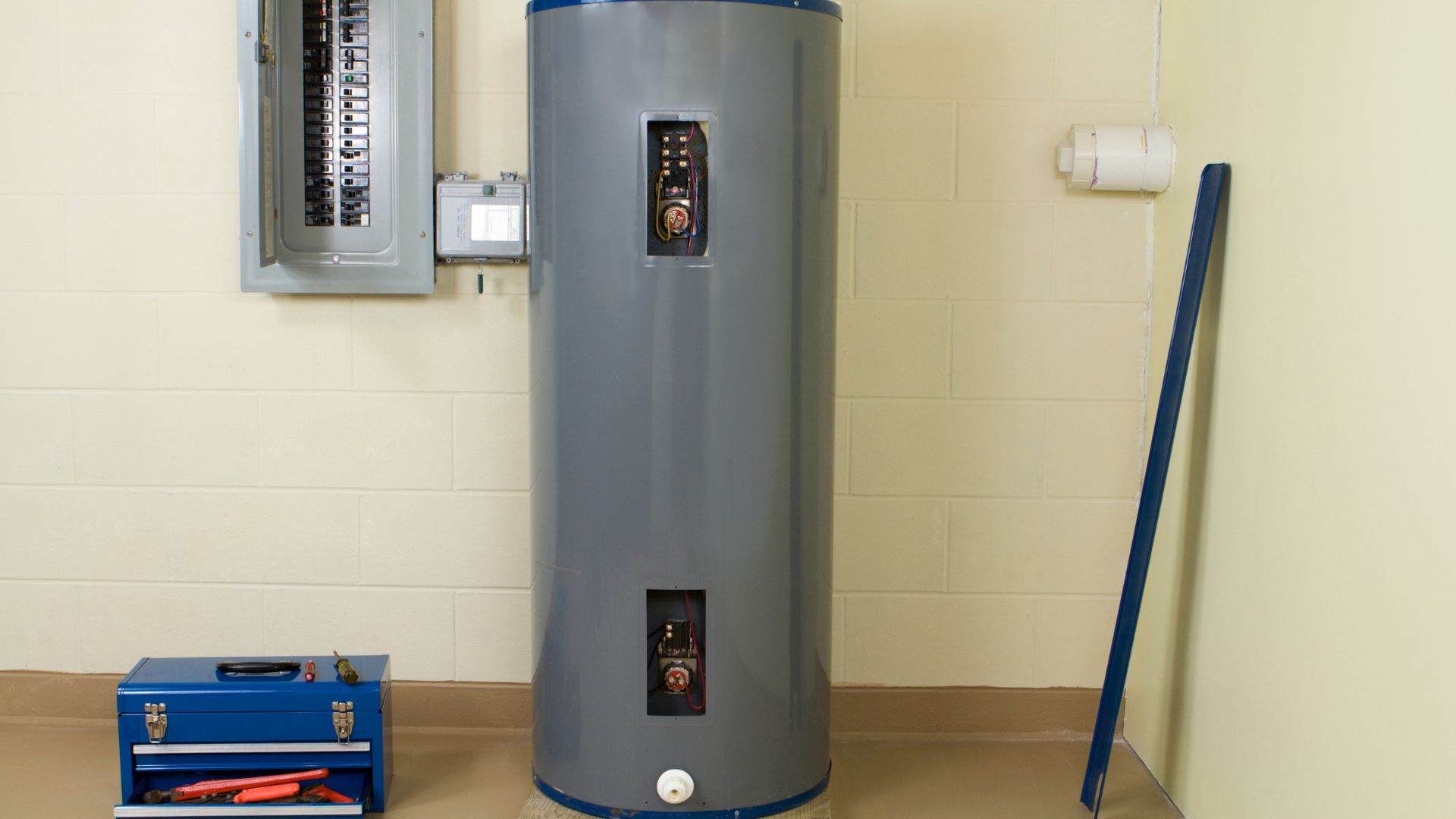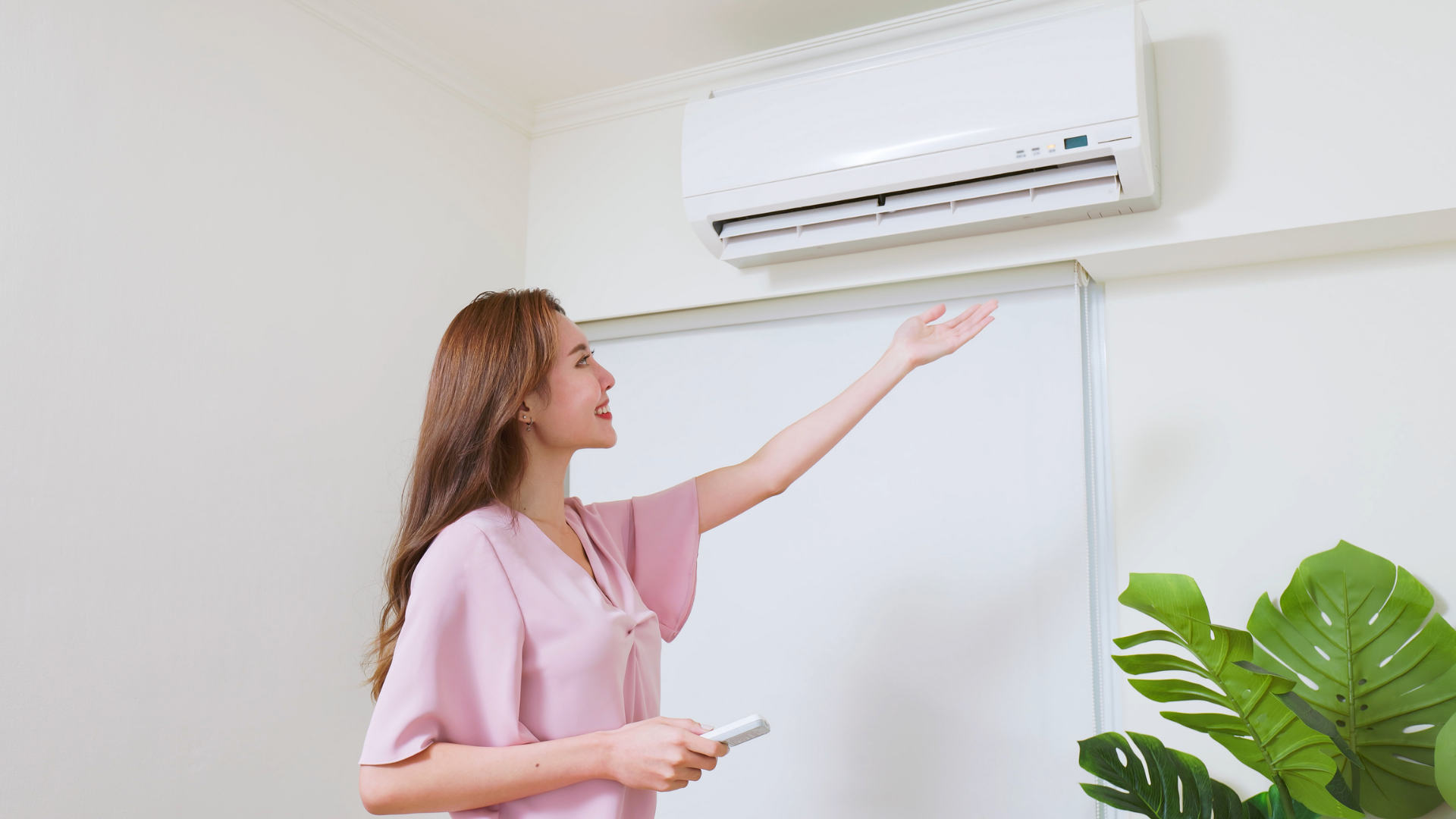A Homeowner's Guide to Carbon Monoxide
A Homeowner's Guide to Carbon Monoxide: The Silent Killer
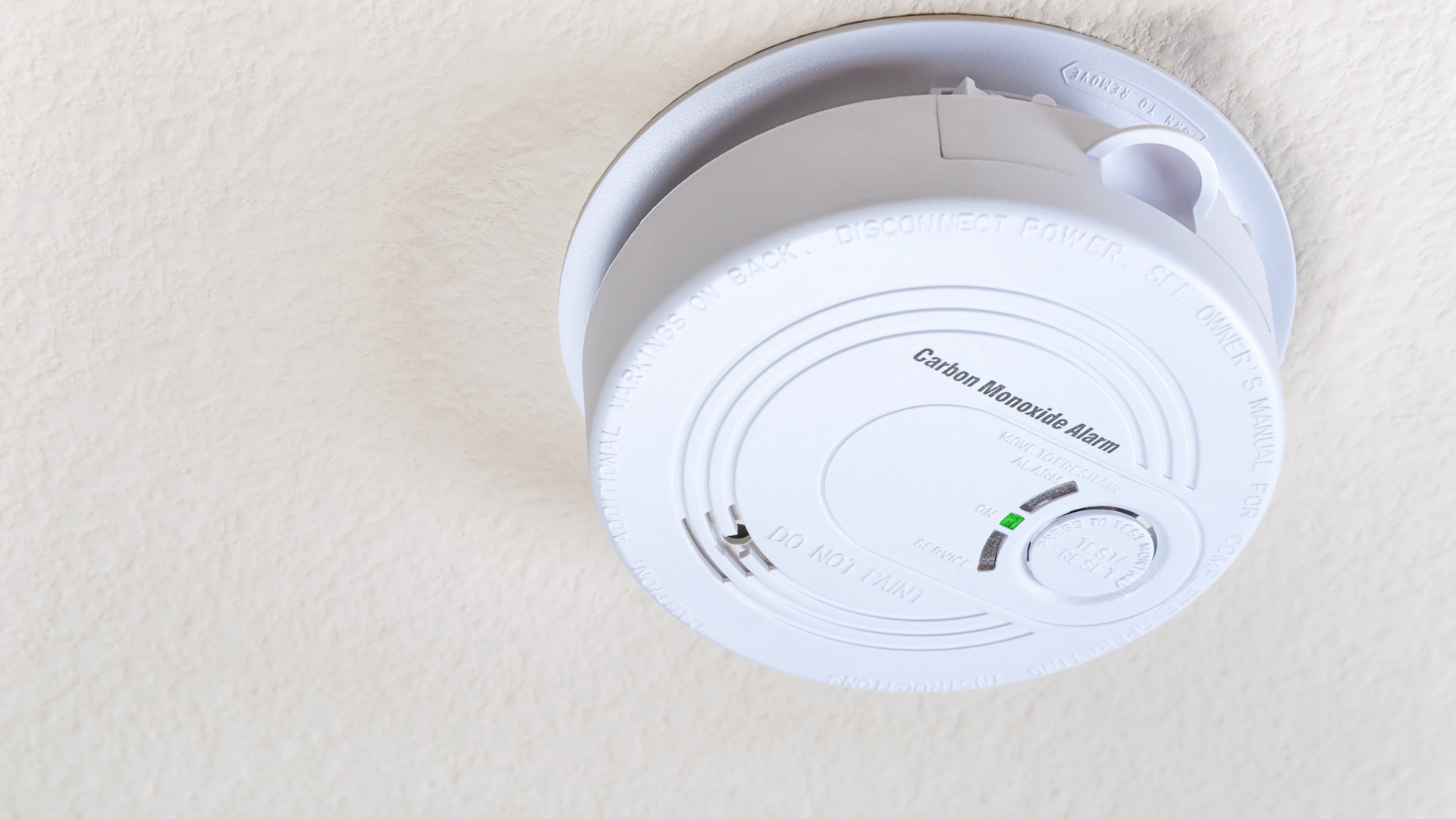
Understanding the dangers of carbon monoxide (CO) is a crucial step in keeping your family and home safe. Often called "the silent killer," CO is an odorless, colorless, and tasteless gas that can be fatal.
What is Carbon Monoxide?
Carbon monoxide is a gas created when fuels like gasoline, wood, propane, natural gas, charcoal, and kerosene burn incompletely. It is a byproduct of combustion and is dangerous because it displaces oxygen in the blood, leading to oxygen deprivation in vital organs like the brain and heart.
Heating Systems and Other Appliances that Produce CO
Many common household appliances and heating systems can produce carbon monoxide if they are not properly maintained or ventilated. These include:
- Furnaces and boilers
- Gas ovens, stoves, and water heaters
- Fireplaces and wood-burning stoves
- Gas-powered clothes dryers
- Generators and portable heaters
- Automobiles (never run a car in an enclosed space like a garage)
Signs of a CO Leak and How to Identify CO Poisoning
Since CO is invisible, the first signs of a leak often come from physical symptoms. These symptoms can be subtle and are often mistaken for the flu or food poisoning. Look out for the following:
Signs of a CO Poisoning:
- Headaches, dizziness, and nausea
- Weakness, shortness of breath, and chest pain
- Confusion and blurry vision
- Loss of consciousness
If you feel these symptoms, especially when you are inside but they disappear when you go outside, it could be a sign of CO poisoning.
What a Homeowner Can Do to Stay Safe
Preventing carbon monoxide poisoning is about awareness and proper maintenance.
Here’s what you can do to protect your household:
- Install CO Detectors: The most effective way to detect CO is with a carbon monoxide detector. Place detectors on every level of your home, especially near sleeping areas. Follow the manufacturer's instructions for placement and testing.
- Regular Maintenance: Have all fuel-burning appliances, including your furnace, water heater, and fireplace, inspected and serviced annually by a qualified technician.
- Proper Ventilation: Ensure that all vents and flues for your appliances are clear of debris and are not blocked. Never use a gas oven or stove to heat your home.
What to Do If You Suspect a Leak
If your CO detector goes off, or if you or someone in your home experiences symptoms of CO poisoning, follow these steps immediately:
Evacuate Everyone: Immediately get everyone, including pets, out of the house and into fresh air.
- Call for Help: Call 911 or your local emergency services and the fire department.
- Do Not Re-Enter: Do not re-enter the home until emergency responders have arrived and confirmed it is safe.
- Seek Medical Attention: Anyone who was in the home and experiencing symptoms should be seen by a medical professional.
By taking these proactive measures, you can ensure a safer and healthier living environment for your family.
Click Another Article to Read More

